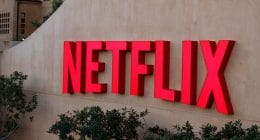Digital India is one of Modi government’s most ambitious projects. And the government does not want the traditional, bureaucratic approach to create problems with either the implementation or the time it will take for the program to get up and running in the country.
Speaking on the topic, Ravi Shankar Prasad, IT minister of the country, said that the government is considering mirroring corporations in its implementation of the program.
It will be professionally managed with a corporate architecture.
He added that corporatization,
provides great flexibility and greater opportunity for talent and faster decision making.
This could mean a typical corporate structure with a CEO reporting to the ministry, and minimal government interference in how the entity sets out to achieve its results, as long as it continues to deliver results and growth.
Apparently, consultancy firm McKinsey has been appointed to lay out the groundwork for the Digital India program. The firm will take inputs from the Niti Ayog, which will provide comprehensive information regarding the state’s e-readiness index.
The IT minister believes that all these efforts will see Digital India become a massive economy in its own right.
The digital economy in the country will become a one trillion economy in the next five to seven years.
Adding that over 2 million new jobs will be created in the sector within the next four to five years. Prasad also scoffed off the rumors of impending layoffs and rollbacks in the Indian IT industry.
I completely deny and refute that there is any downturn in the employment in the IT sector. It is robust. Once the digital economy is here, you will see how much it will progress.
Speaking about his government’s tenure, he said that over 2.5 lakh common service centers employing almost 10 lakh people had been created in the past three years.
Prasad also claimed that the recent malware attack that saw WannaCry bring things to a halt in several countries, had failed to have much effect in India because the government had been engaged in taking proactive measures since as early as March, and had gotten Microsoft to update systems with the March patch before the attack even began.





